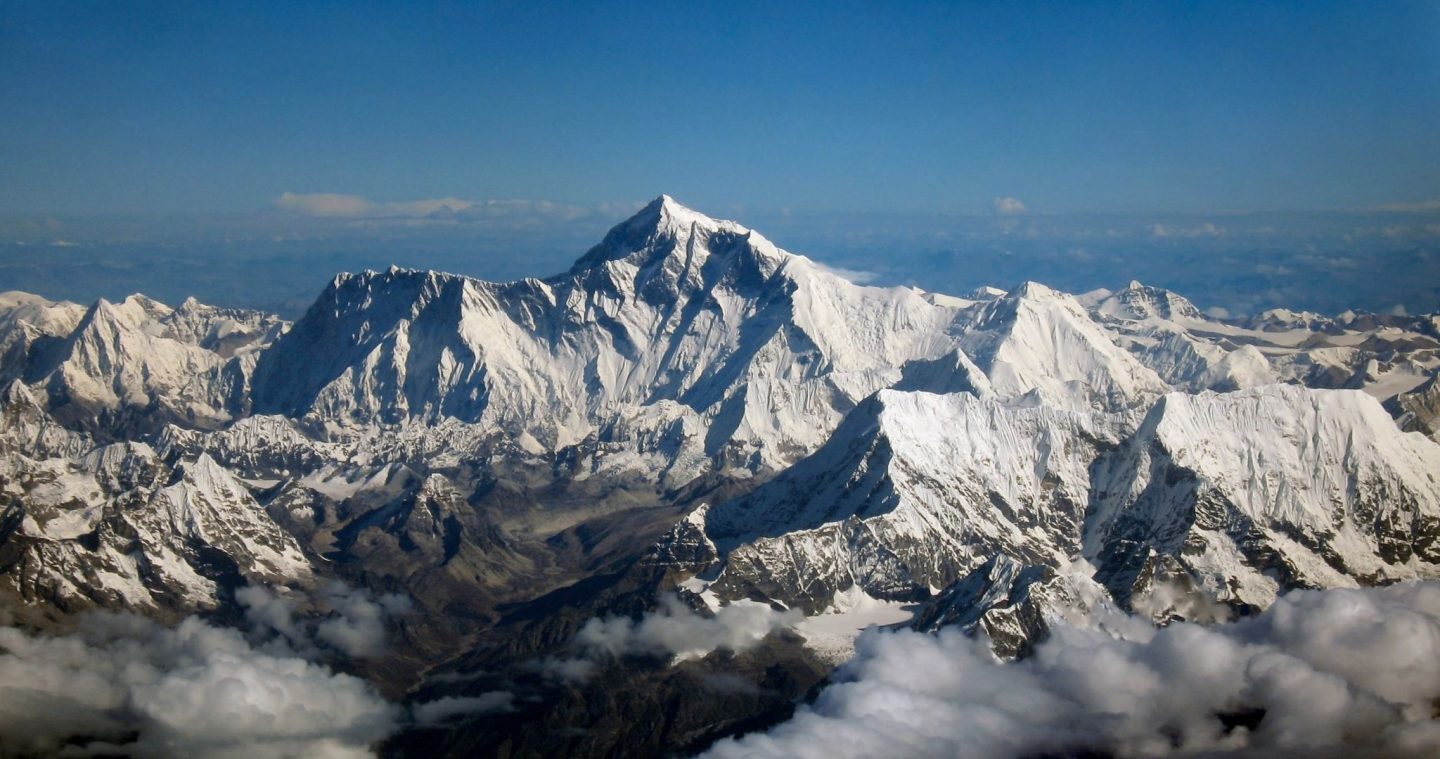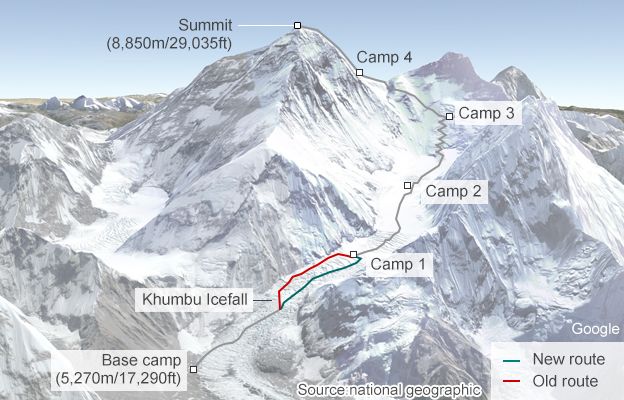
Chapters 8-14
Throughout the incredible book, there were many objects mentioned that I think could have been interpreted as archetypes, but out of the options I had I chose 2 objects: the oxygen gauge, and Everest. As I was reading through Jon’s dangerous adventure it became quite clear that the higher the expedition went the more significant the oxygen tanks became. This led me to believe that they were symbolizing time and how it was ticking away. While reading chapters 8-14 Jon and his teammates frequently check their oxygen tank levels making sure they have enough oxygen left. In the book he states, “… I nervously studied my watch and wondered whether I might run out of oxygen. “(Krakauer 188). This quote clearly demonstrates how precious oxygen is at an elevation of 27,600 feet, and why it symbolizes the time of survival.
The next object that demonstrated great symbolism was the mountain. By luring the climbers into the trap of its beauty, the mountain conquered many lives symbolizing a trickster. The spell of Everest had set upon all of the climbers climbing it, blinding them from the danger that awaits. Even Jon with all of his experience had to ignore his throat pain because he stated: “…if I wanted a crack at the summit, I knew I had no choice but to ignore my infirmities and climb.”(Krakauer 172).

By the time I had finished reading the second half of the book, I started to notice that many characters involved in the climb could be considered archetypes. The guides such as Hall, symbolize the wise men because they are the ones who take responsibility for the lives of all the climbers on Everest, aiding them when they required help. Due to Hall’s experience and knowledge regarding mountain climbing, Jon views Hall as someone who is a higher rank and respects him, and his decisions. Would you trust a guide to take you up Everest??
Furthermore, the inexperienced climbers can be referred to as children, clearly demonstrating immaturity and dangerous behavior on the mountain. It is clearly recognized by Krakauer when he states that “Some of them were not even wearing the crampons properly” (Krakauer 173). Or, in another case when Jon notices that some of his teammates were wearing new climbing boots, he states that he was concerned for those climbers since new boots that have been tested can cause complicated situations.

After careful observation of Jon’s journey, I found that it relates closely to an archetypal hero’s journey. While reading the book I noticed that Jon’s quest up Everest had the same structure as an archetypal hero’s journey, meaning that Jon experienced the departure act, the initiation act, and the returning act. At the beginning of the book, Jon tells the reader that he and some other guys from the expedition had survived Everest, while everyone else had died. Jon states” Later- after six bodies have been located , after a search for two others had been abandoned…” (Krakauer 8). After reading this phrase I understood that Jon was one of the few survivors that made it back home, meaning that Jon experienced the returning act of coming home. Then, after reading the second chapter, Jon explains to the readers of how he wound up in a position to climb Everest, and although unsure of his capabilities he still agrees to go, demonstrating the departure act of the hero leaving the ordinary world. Later on in the story, after Jon had finally reached the summit, he talks about the clouds he had seen over the horizon turning out to be a blizzard which he had to battle to get to camp 4. This part of the story shows the initiation act of the hero venturing off into the unknown. Since Jon fits all three acts perfectly, I think it would be reasonable to say that his journey is exactly like an archetypal hero’s journey.

Overall, the author successfully uses a variety of stylistic techniques to bring his scenery to life. Metaphors, for example, are included to describe certain actions, like when Jon states, “Kropp bulled his way relentlessly upward through the drifts,…”(Krakauer 153). Quotes such as this give me a realistic understanding of how tough and tiring it is to climb up Everest, and the perseverance required to keep going. Stylistic techniques like this are what make it easier to see the expedition through the author’s perspective, and is why I can’t wait to read the last part of my book!!
